Rounding Numbers
Rounding numbers is required when we deal with large numbers, for example, suppose the population of a district is 5834237, it is difficult to remember the seven digits and their order. But to get an idea of the size of the population of the district, we may remember the two digits on the left and put zeros for other digits. Thus, the population of the district can be conveniently remembered as 5800000.
We say that 5834237 has been round off to 5800000. Thus, 5800000 is a round number for the number 5834237, rounded off to the nearest lakh. If we remember the population as 5830000, we have rounded off the population on the nearest ten thousand.
Real life examples on rounding numbers:
(i) Ken’s new neighbor asked him his age. Ken said that he was fourteen years old.
His actual age was fourteen years two months and seven days.
(ii) Shelly told Keri that she weighs about 50 kg. Shelly’s exact weight was 52 kg.
(iii) Victor paid $45 for a pair of sports shoes. He told Ron, this pair of shoes cost me nearly $50.
In
all this these statements, the numbers have been rounded. A rounded
number is easy to remember and is a convenient figure for calculation.
While rounding numbers, the number 10 is very useful. We use it to think about place value. The number 5 is also important.
5 is half of 10.5 is halfway between 0 and 10.
These number lines show the halfway point between two numbers.
Label the number liner to show the halfway point between each pair of numbers.
Look at the folded number line.
Each peak shows a number ending in 5. These numbers are halfway between the two tens.
The tens are the base of each fold in the valleys.
The halfway number between 10 and 20 is 15.
The halfway number between 20 and 30 is 25.
If we place a counter on number 17, it would slide to 20 because 20 is the ten that is nearest to 17.
A counter placed on 27 will slide to 30.
A counter placed on 36 will slide to 40.
A counter placed on 14 will slide to 10.
A counter placed on 33 will slide to 30.
Halfway number such as 5 and 15 are rounded to the higher ten.
25 would be rounded to 30.
35 would be rounded to 40.
Numbers can be rounded to the nearest hundred, thousand, ten thousand and so on.
The halfway numbers on all the number lines contain a 5. The place of the digit 5 varies.
The rules for rounding numbers are the same for rounding to the nearest ten, hundred, thousand ……
If the given number is less than the halfway number, then round down. The rounded number will be less than the given number.
How do you round numbers?
Here we will discuss how to round numbers.
|
(i) 435 is less than the halfway number, so it is rounded down. If the given number is halfway or greater than the halfway number, then it is rounded up. The rounded number will be greater than the given number. |
|
(ii) Round 675 to the nearest hundred. A 3 digit number can be rounded to the nearest TEN or to the nearest HUNDRED. |
(iii) Round 446 to the nearest ten.
Color the digit in the tens place 446
Look
at the digit to the right of the colored digit. If it is greater than
or equal to 5 then round up. If it less than 5 then round down.
6 > 5
446 will be rounded up to 450.
(iv) Round 726 to the nearest hundred.
Colored the digit in the hundreds place 726
Look at the digit to the right. It is greater than or equal to 5 then round up. If it is less than 5 then round down.
2 < 5
726 will be rounded down to 700.
The
above method is convenient and helps us to remember very large numbers
easily. It also simplifies calculation of large numbers.
There are certain situations where we have to give an idea about a number without actual calculation. This is called estimation.
Let us consider the following situations.
(a) There would be about 250 students going to picnic.
(b) India vs Pakistan cricket match was watched by about 50000 spectators in the stadium and about 40 million spectators on the T.V screen.
The figures stated above are estimated figures and are usually rounded off. We may round off a figure to the nearest ten, hundred, thousand and so on.
We will learn more about how a large number may be rounded off to the nearest 10, 100, 1000, 10000, 10000 etc...
Rounding off Decimal Fractions.
Worksheet on Rounding off number.
5th Grade Math Problems
From Rounding Numbers to HOME PAGE
Didn't find what you were looking for? Or want to know more information about Math Only Math. Use this Google Search to find what you need.
Recent Articles
-
Counting Numbers from 1 to 50 | Match the Number | Missing Numbers
Apr 04, 25 03:46 PM
In counting numbers from 1 to 50, recognize the numbers, count and then join the numbers in the correct number order. Here we mainly need eye-hand coordination to draw the picture and maintain the num -
Counting Eleven to Twenty with Numbers and Words |Numbers from 11 - 20
Apr 04, 25 03:21 PM
Counting eleven to twenty with numbers and words are explained below. One ten and one more is eleven. Eleven comes after ten. One ten and two more is twelve. Twelve comes after eleven. -
5th Grade BODMAS Rule Worksheet | PEMDAS | Order of operations|Answers
Apr 03, 25 03:11 PM
In 5th Grade BODMAS Rule Worksheet you will get different types of problems on mathematical expressions involving different operations, mathematical expression with 'brackets' and 'of' and simplifying… -
Worksheet on Simplification | Simplify Expressions | BODMAS Questions
Apr 03, 25 02:58 PM
In worksheet on simplification, the questions are based in order to simplify expressions involving more than one bracket by using the steps of removal of brackets. This exercise sheet -
Divisible by 2 Video |Test of Divisibility by 2 Trick| Rules| Examples
Apr 03, 25 10:25 AM
A number is divisible by 2 if the digit at unit place is either 0 or multiple of 2. So a number is divisible by 2 if digit at its units place is 0, 2, 4, 6 or 8.

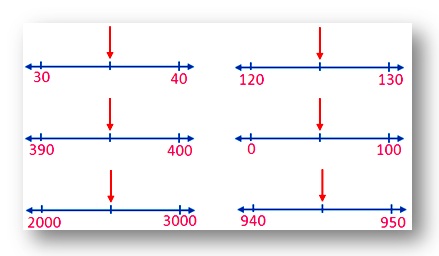
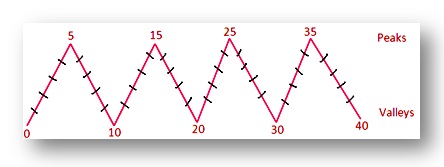
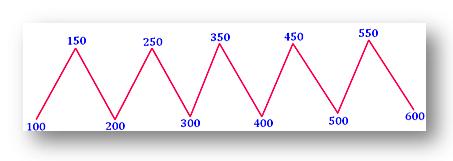
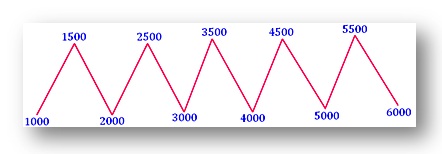
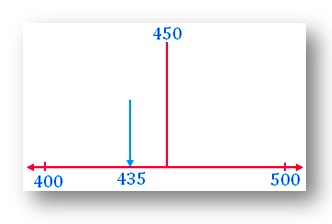
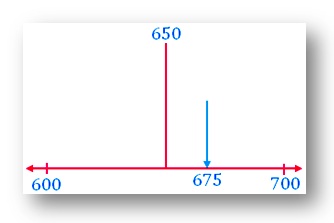
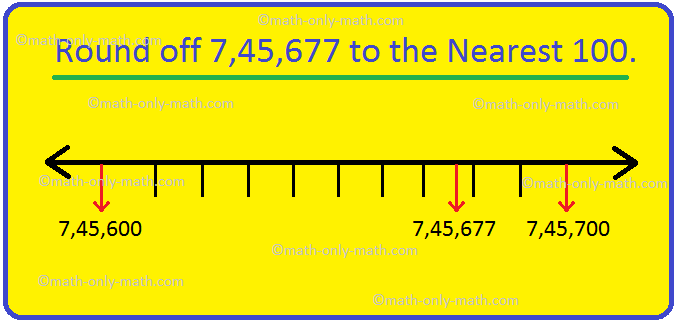
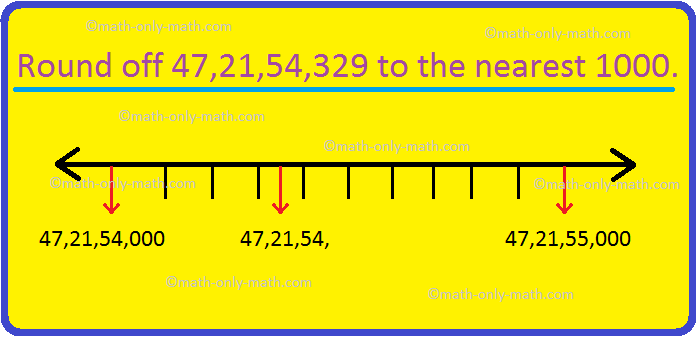




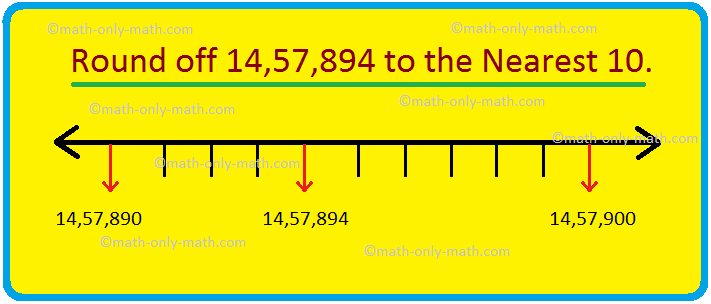









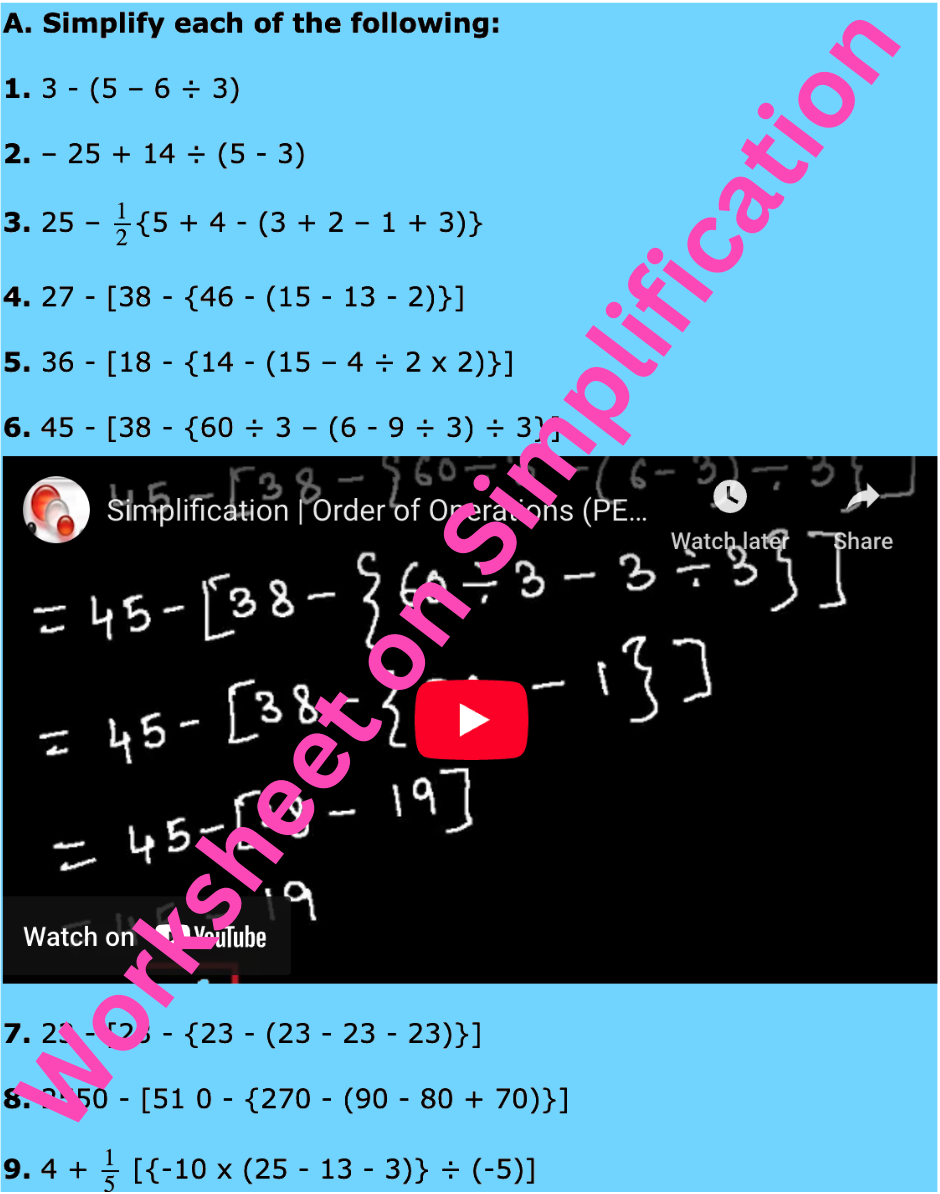

New! Comments
Have your say about what you just read! Leave me a comment in the box below. Ask a Question or Answer a Question.